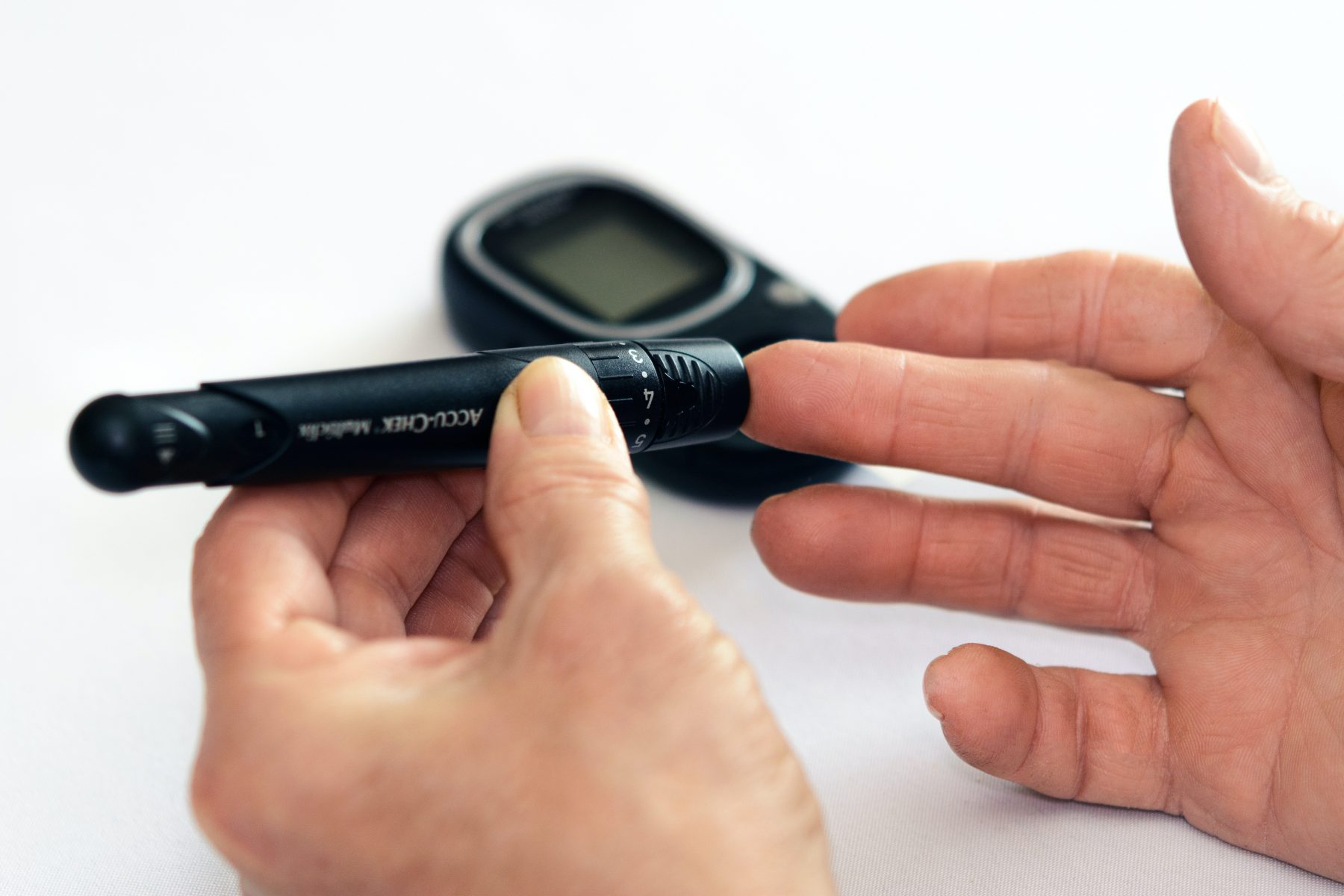
A pilot study emphasizes the importance of meeting peers with shared life experiences
Young women with type 1 diabetes mellitus (Type 1 DM) have two to three times the risk of developing an eating disorder than women without diabetes. It has long been thought that some of the risk relates to changes in weight or eating behaviors around the time of diabetes onset. Two important additional risk factors are pursuit of “the thin body ideal” and body dissatisfaction.
One prevention/treatment intervention that has had a positive effect is “The Body Project,” a targeted, manual-based eating disorder prevention program using cognitive dissonance theory. Cognitive dissonance occurs when there is a discrepancy between one’s beliefs and actions. This project has been shown to be one of the most effective interventions thus far to reduce eating disorder risk factors, and to prevent future eating disorders in the general population (Clin Psychol Rev. 2017.53:46). The Body Project encourages participants to criticize the thin body ideal by using a series of verbal, written, and behavioral exercises, and includes homework assignments.
Using the Body Project principles with women with Type 1 DM
Dr. Trine Wilge Hage and researchers at Oslo University Hospital and the Diabetes Center, Oslo, Norway, recently designed a study to explore the feasibility of using eating disorder prevention groups for people with Type 1 DM (J Eat Disord. 2023.11:42). Seventeen young women participated in focus groups and interviews after completing an intervention; the results from five focus groups were then analyzed. The participants and researchers noted the benefits of meeting peers with a lived experience of Type 1 DM and body image concerns.
Study results and participants’ reactions
Thirty-five females participated in the Diabetes Body Project feasibility study, where they were assigned to five diabetes body project groups. Twenty-five completed all six meetings, including pre- and post-tests (delivered online). Among this group, the mean age of onset of Type 1 DM was 9.34 years. At the study time, the mean age was 26.
The study developed an overarching theme, according to the authors: the benefit of meeting peers with a lived experience of Type 1 DM and body image concerns. In the first four sessions, participants were asked to define, discuss, and then to challenge current appearance ideals, as well as to include body activism ideals, and to discuss the advantages and disadvantages of using social media to combat body image concerns. Homework exercises included the “mirror exercise,” where participants stand before a mirror and attempt to find positive attributes about themselves, including two positive reactions based on appearance.
Four main themes emerged from the focus groups: (1) the need for an integrated focus on diabetes, personal relevance, providing enough balance between structure and flexibility, and establishing a different perspective about having the disease. (2) The participants all expressed that meeting peers with Type 1 DM was highly valuable, and a much-appreciated experience. (3) The group setting also gave them a temporary “safe space” within a community of peers. (4) Many participants expressed that in their daily lives they had a limited network of other female friends and acquaintances with Type 1 DM. This was as true for participants recently diagnosed as for those who had lived with Type 1 DM most of their lives.
Participants also expressed a need for more integrated focus on Type 1 DM throughout the Diabetes Body Project. Most participants called for greater emphasis on the disease than on exercises or addressing the thin body ideal. The intervention was valuable to the participants, who reported both enhanced self-awareness and reflexibility. They felt that the most valuable exercises were letter-writing, role-playing, and mirror exercises.
The authors did point out several limitations of their study. Only about half (49%) of the women who originally enrolled as participants in the Diabetes Body Project also participated in the focus sessions, possibly affecting the information gained in the interviews. This was a small pilot study, and a further randomized controlled trial will be needed to further examine their findings.
These are positive findings. At this point, the Body Project Intervention has a large amount of research support across various settings, so it is not surprising that it showed promise here. But the risk for disordered eating among those with Type 1 DM has long been known, and this represents a great opportunity for targeted intervention.
